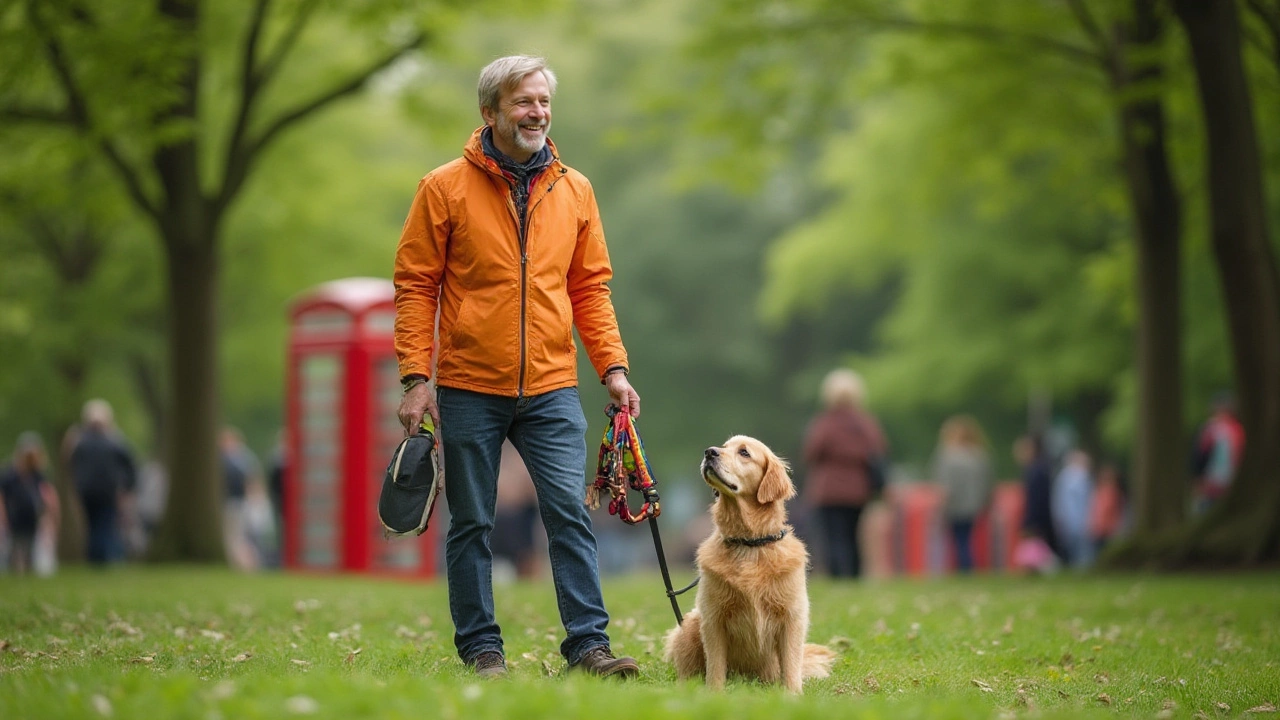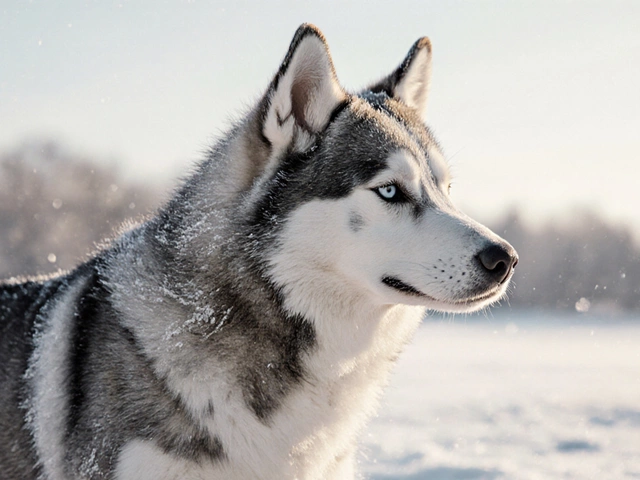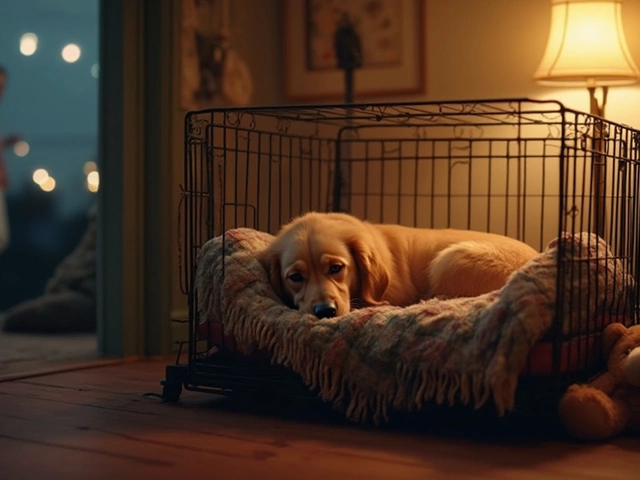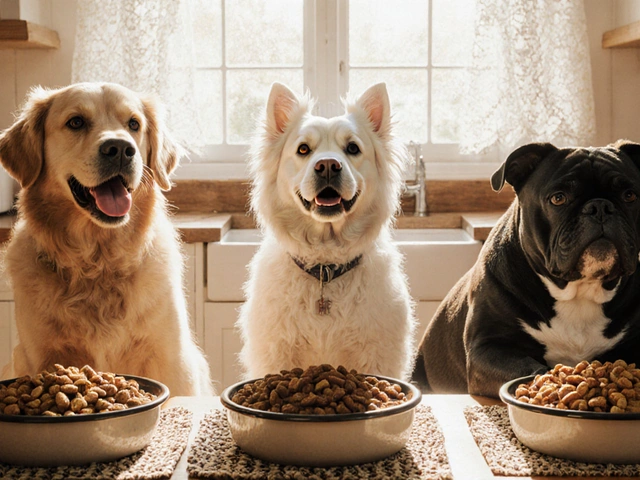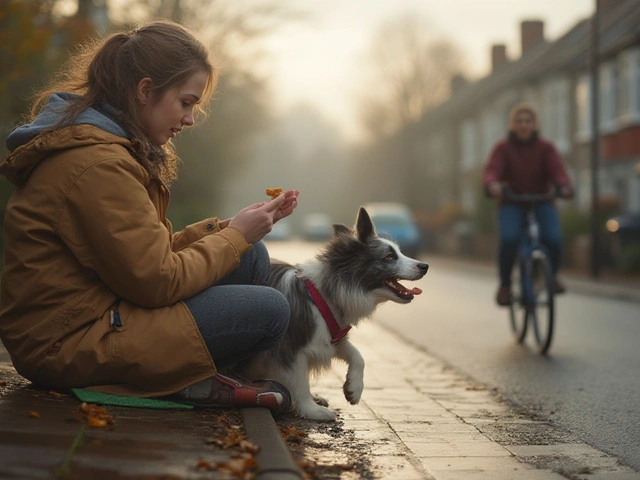Do you ever wonder if you’re making the best choice for your dog’s comfort and safety when gearing up for a walk? Some folks swear by the classic collar. Others go for a harness. Then there’s the growing crowd who put both on their canine companions. On a drizzly afternoon outside Temple Meads or just heading to Brandon Hill, you’ll see every possible combo on Bristol’s bustling dog scene. But is outfitting your dog with both really smarter—or just overkill?
The Purpose of Collars and Harnesses: What’s Best for Your Dog?
Let’s break it down. The simple dog collar is a classic for a reason. It’s great for hanging tags, securing ID, and attaching a lead for quick, easy walks. Collars are fuss-free—they slip on and off, and most dogs seem happy to wear them. But, just because it’s popular doesn’t mean it’s the clear winner for every situation.
Harnesses came along for a reason: they ease pressure on a dog’s neck, especially handy for young, energetic pullers or flat-nosed breeds like pugs and bulldogs. Harnesses distribute force across the chest and back, taking the strain off those delicate neck bones. For any dog with a history of trachea troubles or those prone to sudden dashes, harnesses are often a game-changer.
But here’s a twist—some trainers argue that dogs learn loose-lead walking faster on a harness, while others insist the classic collar encourages better habits. Now toss in the third option: using both at once. Why do some people actually go for both? It boils down to safety and security. If a collar breaks or slips off, the harness is backup. If a harness wiggles loose, the collar’s there for emergencies. For puppies who always have something up their sleeve (or mouth), that extra layer comes in handy.
Some people worry that double gear might annoy their dog. But most dogs adjust just fine, especially if fittings are right and the dog’s gotten used to both early on. And it’s not just for the hyper or headstrong—elderly dogs, those who startle at loud buses, or rescues new to city life might actually need both until they’re fully settled.
Real-World Pros and Cons: Collars, Harnesses, and the Double Setup
The devil’s in the details. Sure, a collar is less likely to tangle and you can clip the lead on in two seconds flat. But ever seen a dog wriggle out of a collar in the middle of the park? It happens more than you’d think—especially with those wily terrier types. Harnesses, for all their virtues, can be tricky to fit right. Too loose and your dog could slip them. Too tight and you’ll risk rub marks behind the front legs or even restrict movement.
So, here’s what actual data shows. According to a 2024 survey of over 5,000 pet owners across the UK, 63% said they use a harness for daily walks, 28% use a collar, and 9% double up. Among that double-up crowd, most credit the setup for avoiding at least one runaway incident in the past year.
Here’s a breakdown:
| Gear Setup | % of UK Owners | Reported Escape Incidents |
|---|---|---|
| Collar Only | 28% | 12% |
| Harness Only | 63% | 6% |
| Both Collar & Harness | 9% | 2% |
The safety edge is clear, though some dogs just hate the extra kit. That’s not a reason to give up—usually it’s poor fit or lack of slow introduction that causes the drama. If you’ve ever wrangled a muddy spaniel into his vest while he’s eyeing up the neighbour’s cat, you know what I mean.
On the downside, doubling up can mean more bits to check before you leave the house: buckles, straps, fit, swivel clips. And too much kit could tangle in heavy undergrowth, round bollards, or under furniture if your dog’s a home explorer. No one wants to spend five minutes untangling a dog from his own accessories mid-walk.
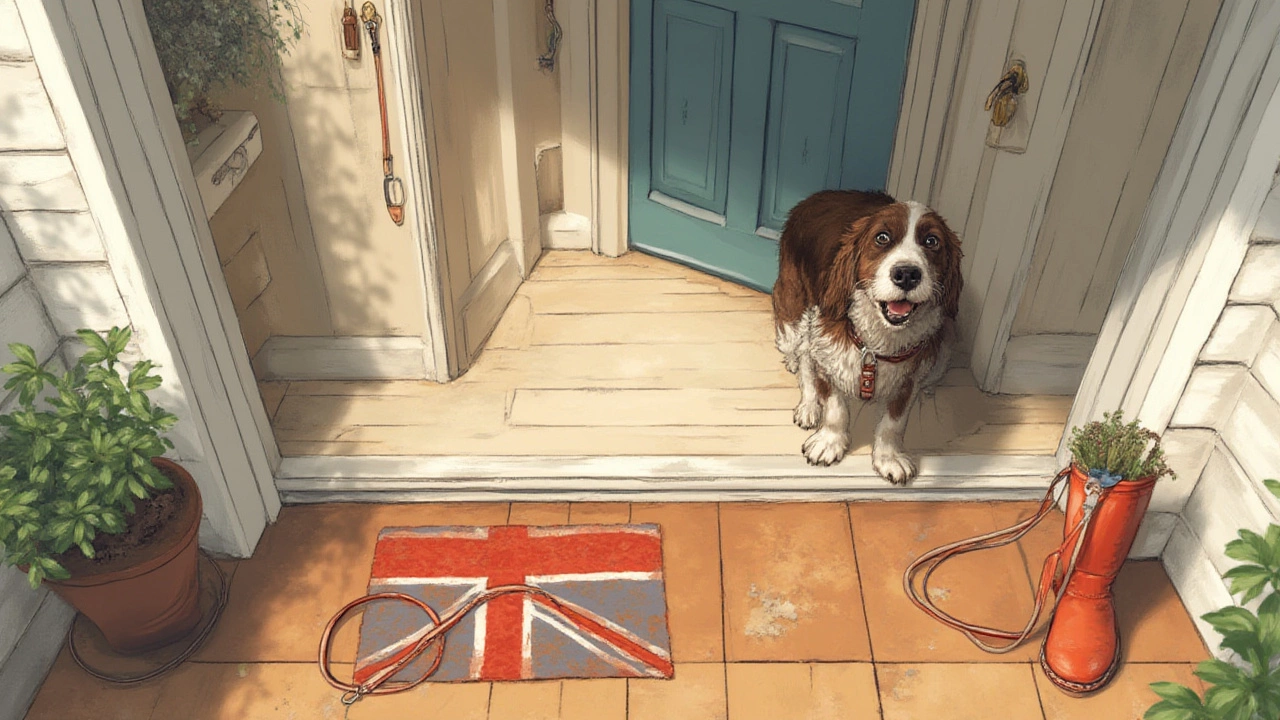
When to Use Both: Safety, Training, and Special Situations
If a collar and harness combo seems fussy, there are real cases where it’s worth its weight in biscuits. First, think about the dogs who need it most. Rescue dogs or those prone to bolting—think lurchers with a shifty glance or border collies on their first trip to Harbourside—often need that extra failsafe. Bristol’s animal rescue groups actually recommend double harness-and-collar setups during the critical adoption period.
Reactive dogs who might lunge at a passing skateboard or squirrel benefit too. You get two points of contact for extra control, especially with a double-ended lead. For dogs in training or those who have a knack for Houdini moves, the backup layer matters. It’s also handy in busy places—festivals, markets, parks—where distractions run wild. I’ve actually had a collie slip her collar by the fountains at Millennium Square; a harness backup saved some major embarrassment (and a mile-long chase).
Medical needs weigh in as well. Flat-faced breeds, toy dogs with fragile necks, or any canine with throat surgery scars benefit from a harness. But tagging and visibility on the collar remain crucial if your pup darts off. Collars stay put for quick identification, especially since it’s the law here in the UK for dogs to wear ID in public spaces.
There’s even a fashion note. Some owners love popping a snazzy patterned collar with matching harness—it’s a Bristol thing. But style aside, protection heads the chart. Double setups protect against lead failures, sudden gear malfunctions, or a panicked tug on Guy Fawkes Night. And, since double leads are popular for city dogs these days (one end on collar, one on harness), the trend doesn’t seem to be slowing.
Correct Fitting Matters: How to Avoid Discomfort and Accidents
Gearing up with both doesn’t mean just clipping everything on and heading out. Here’s where owners slip up. The wrong harness can chafe, pinch, or restrict—especially if it rides up behind the armpits or pinches the chest. A bad collar can dig in or catch on things. With both on, improper fit multiplies tiny flaws. Suddenly, that joyful walk turns into a scratch-and-fiddle session at every street corner.
First, pick the right harness for your dog’s shape. Some fit deep chests, others suit round bellies. Your standard “H” harness is great for movement, while front-clip styles help deter pulling. Measure your dog carefully—twisting a tape around the chest and neck is worth the wriggle. Then, adjust all the straps individually. You want snug, not tight—if you can slip two fingers under the harness and collar, you’re probably in the goldilocks zone. For collars, make sure it can’t slip over your dog’s head, but isn’t choking if your friend pulls.
Material matters too. Soft nylon works for daily jaunts; leather’s stylish but needs care on wet walks. For especially muddy or water-mad pups, quick-dry webbing is a lifesaver. And always check buckles and stitching—dogs have a knack for exposing weak points at the worst moment.
- Put harness on first, then collar. That way, any tags stay visible on top.
- If using a double-ended lead, clip one end to the front ring of harness and the other to the collar’s D-ring.
- Inspect for pinching or rubbing after the first few walks. Early checks beat sore skin.
- Let your dog get used to the kit indoors before braving busy streets.
I always tell friends: watch your dog, not just the gear. If your beagle is shaking more than usual, or your retriever stops every five paces to scratch, something’s probably wrong. Check and tweak. Proper adjustment can mean the difference between a gleeful jaunt and a miserable drag.
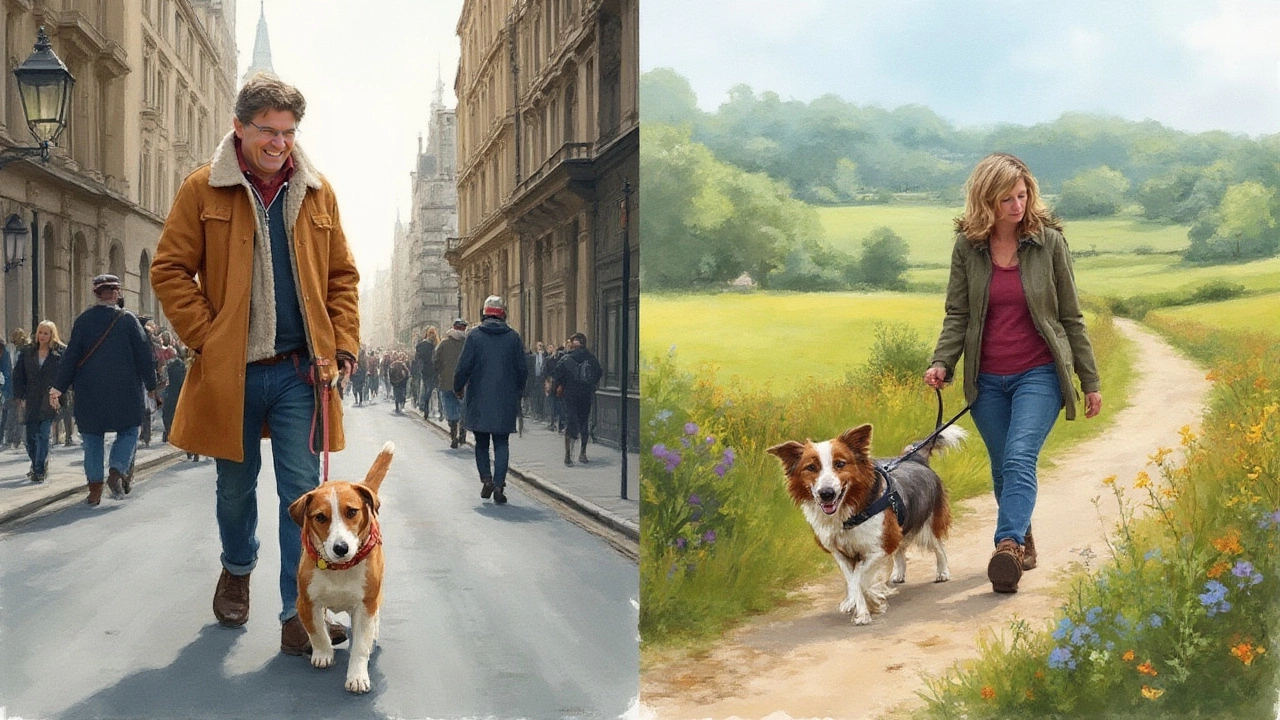
Tips for Success: Introducing the Double Setup and Keeping Walks Happy
Patience pays when introducing a second layer of kit—especially if your dog’s routine is set in stone. Start indoors, let your dog sniff and wear the harness for short stints. Reward with treats and praise for each step. Next, try short, low-stress walks around the block or in the garden. If your dog freezes, shakes, or gets fidgety, slow down. Never punish; just encourage and offer tasty rewards. In my experience, a generous handful of cheddar cubes does wonders for convincing even the spikiest terrier that harnesses are alright.
Check for rubbing at the points where harness touches shoulders or underarms. If you spot thinning fur, redness, or any hesitation on walks, rethink the fit or try another style. Remember, every dog’s different. What fits your neighbour’s whippet could pinch your stocky Frenchie.
Stick to a loose lead and keep sessions short to start. A tangled, cranky dog won’t learn to love his double kit if he’s dragged into chaos right away. And, when you finish the walk, take off both harness and collar to give your dog a break and a cuddle—positive endings leave a lasting impression.
Don’t forget the human side either. Practise unclipping leads, untangling straps, and fitting both pieces before the first “real world” walk. Fumbling with kit on a rainy, windswept Clifton Downs does nobody any favours. Consider a lead that works with both; double grips are all the rage at Bristol’s pet shops.
One last tip: keep the collar on at home only if it fits comfortably and is breakaway style. That way, your dog won’t catch it on furniture when racing around in a zoomie fit. Safety isn’t just about outside adventures; it starts in your living room.

